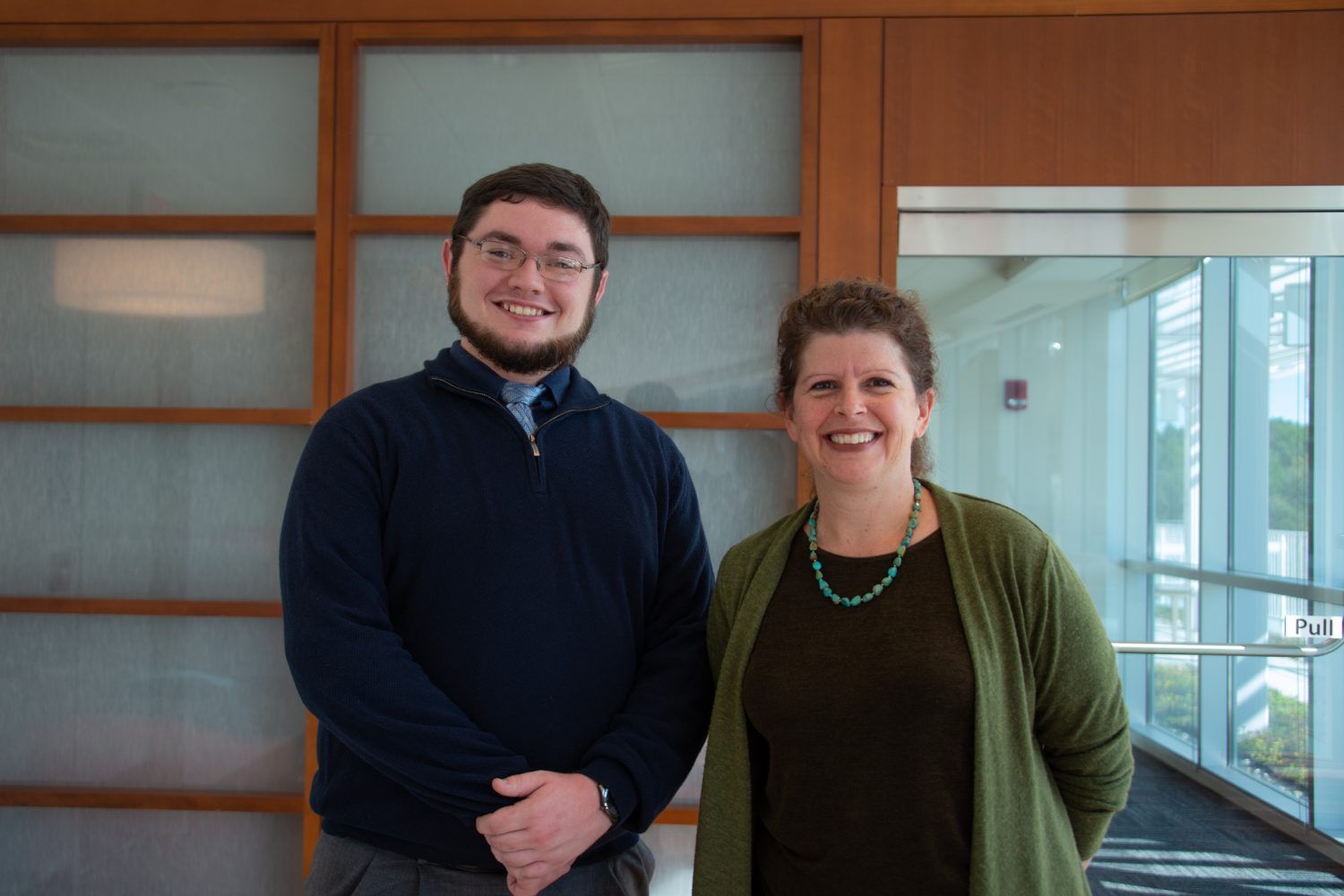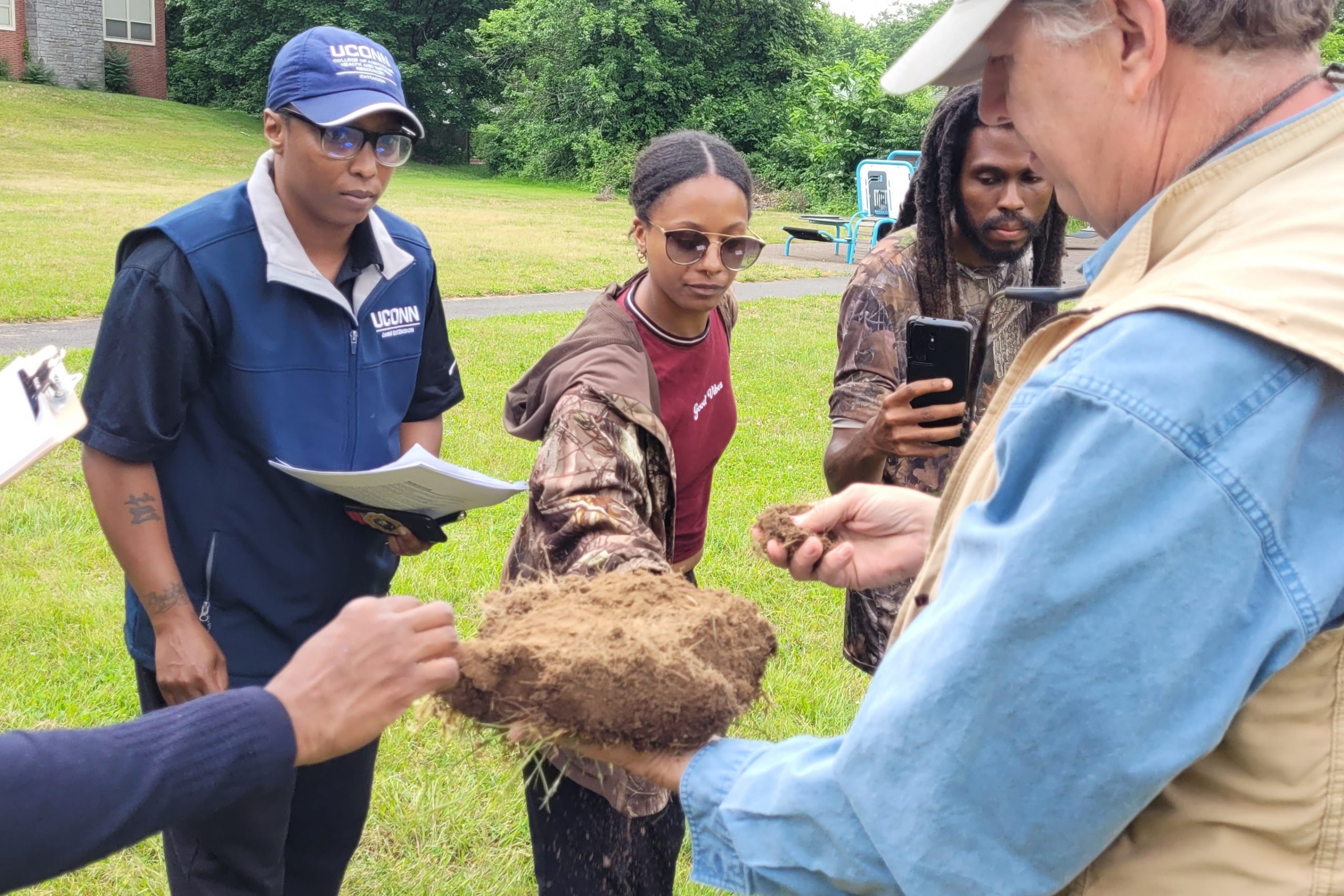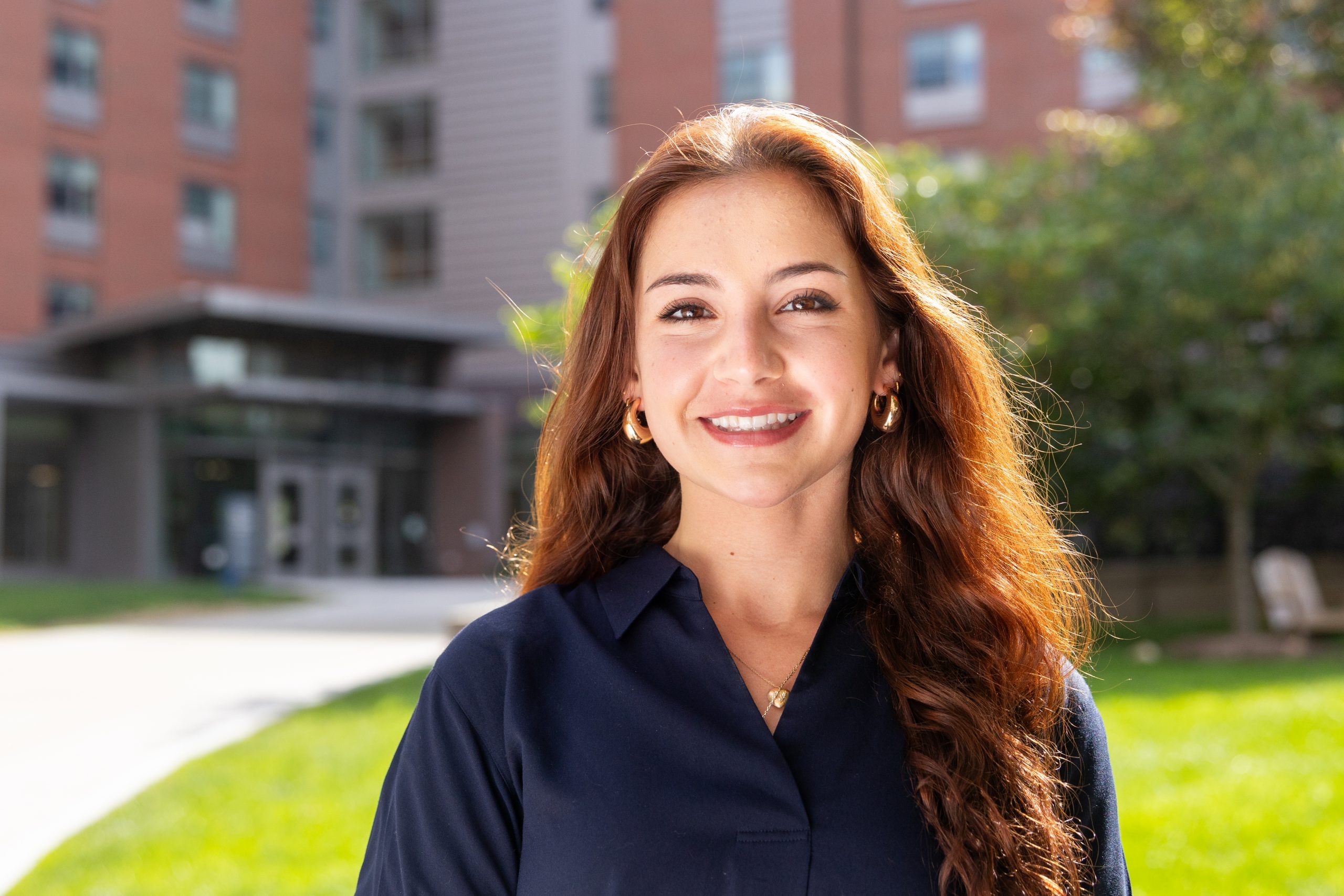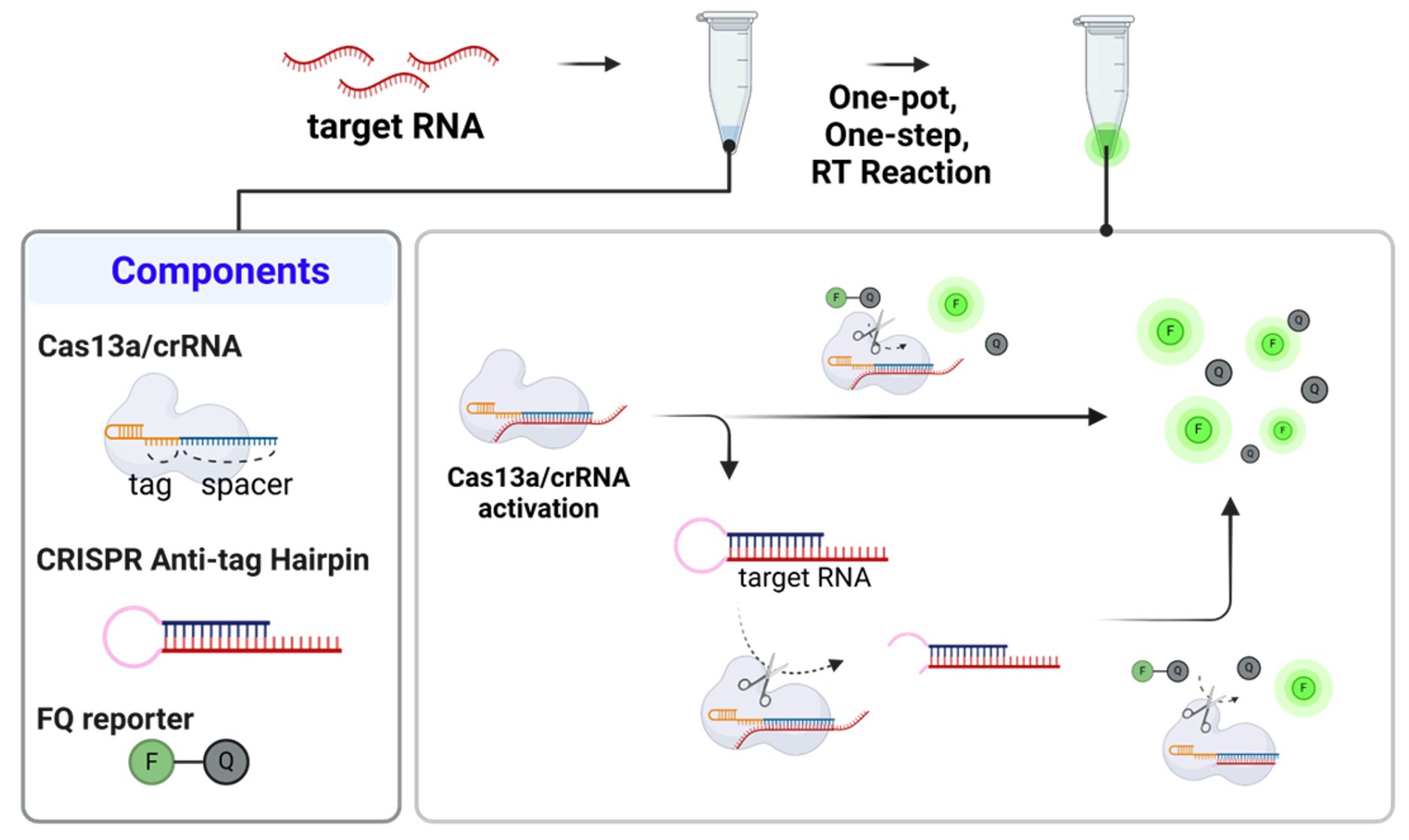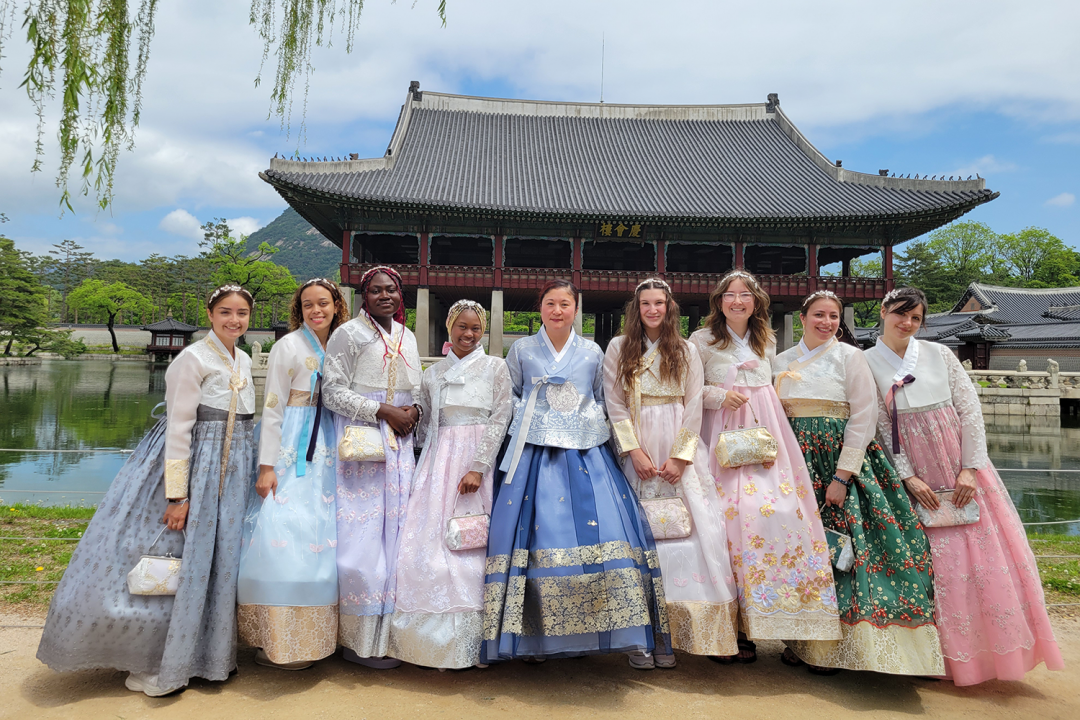Five Faculty Named Highly Cited Researchers
Five University of Connecticut professors are repeat selections a list of the world’s most highly cited researchers.
The 2023 Highly Cited Researchers list, released recently by Clarivate and the Web of Science index, uses both quantitative and qualitative analysis to identify individuals from around the world who have demonstrated significant and broad influence in their chosen field or fields of research.
The list of Highly Cited Researchers is drawn from the highly cited papers that rank in the top one percent by citations for field and publication year in the Web of Science citation index over the past decade.
The list also identifies the research institutions and regions where they are based.
The methodology that determines the “who’s who” of influential researchers draws on the data and analysis performed by bibliometric experts and data scientists at the Institute for Scientific Information at Clarivate.
The UConn faculty on the list are:
Robin Chazdon, professor emeritus of ecology and evolutionary biology in the College of Liberal Arts and Sciences, and a member of the Center for Environmental Sciences and Engineering.
Yangchao Luo, associate professor in the Department of Nutritional Sciences in the College of Agriculture, Health and Natural Resources.
Vijay A. Rathinam, associate professor of immunology and director of the Graduate Program in Immunology at the UConn School of Medicine.
The late George Weinstock, professor of genetics and genome sciences at the UConn School of Medicine.
Zhe Zhu, associate professor of remote sensing in the Department of Natural Resources and the Environment in the College of Agriculture, Health and Natural Resources
Rathinam was named to the list for the fifth year in a row; Chazdon, Weinstock, and Zhu were named for the fourth year in a row; while Luo was named for the fourth time in the past five years.
The methodology that determines the listings draws on the data and analysis performed by the Institute for Scientific Information at the Web of Science Group.
The data is taken from 21 broad research fields within Essential Science Indicators. The fields are defined by sets of journals and exceptionally, in the case of multidisciplinary journals such as Nature and Science, by a paper-by-paper assignment to a field based on an analysis of the cited references in the papers. This percentile-based selection method removes the citation advantage of older papers relative to recently published ones, since papers are weighed against others in the same annual cohort.
Web of Science Group, a Clarivate Analytics company, organizes the world’s research information to enable academia, corporations, publishers and governments to accelerate the pace of research. It is powered by Web of Science, the world’s largest publisher-neutral citation index and research intelligence platform.
Latest UConn Today
- Understanding Your Risk: How Genetic Testing is Changing Breast Cancer PreventionAs genetic testing advances, breast cancer prevention is becoming more personal. At UConn Health, experts are helping patients understand their inherited risk and tailor screening and prevention to their DNA.
- Hands-On Learning, Real World Skills: UConn Extension’s Workforce ImpactThe name UConn often brings to mind undergraduate classrooms in Storrs. But across the state, UConn Extension programs are preparing youth, adults, and seasoned professionals for the workforce through hands-on, community-based training.
- Meet the Undergraduate: Jennifer Gearin ‘28 (CLAS)Gearin showcases her project ‘Mosaic’ as a part of the First-Year Women Werth Innovators Program
- UConn Chemists Developing Safer, All-Natural Contrast Dye for Medical Imaging'404 Inc. plans to replace these unsafe chemicals with safe contrast agents derived from a natural resource'
- Researchers Revolutionize RNA DetectionCARRD detects RNA at room temperature, making test simple, fast, and cost-effective
- UConn Magazine: Seoul MatesUniversity photographer Peter Morenus and wife, Jen Morenus, assistant director of the Puerto Rican/Latin American Cultural Center, are the kind of people who have connections all over campus — and very far from campus








